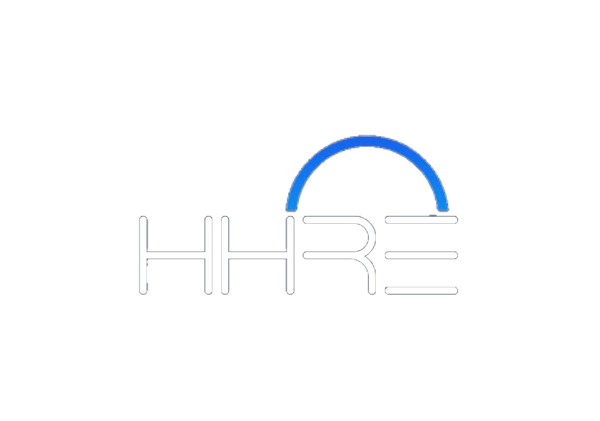
Is It a Good Time to buy a House in San Antonio?
Is It a Good Time to Buy a House in San Antonio?
The San Antonio housing market is presenting unique opportunities and challenges for prospective homebuyers in 2024. Understanding the current market dynamics is crucial for making an informed decision.
Market Trends and Dynamics
As of early 2024, the San Antonio housing market is showing signs of stability with some fluctuations. The average home value in the San Antonio-New Braunfels area stands at approximately $287,871, reflecting a modest decrease of 2.5% over the past year. The median listing price is around $300K, while the median sold price is slightly lower at $292.6K. This indicates that homes are selling close to their listing prices, providing a relatively stable pricing environment for buyers.
Buyer’s Market Indicators
San Antonio is currently classified as a buyer’s market. This means that the supply of homes exceeds demand, giving buyers more leverage in negotiations. Homes are spending an average of 53 days on the market, which is an indicator of ample inventory and less competition among buyers. In total, there are around 13,323 homes for sale in the area, providing a wide range of options for potential buyers.
Economic Considerations
One of the significant factors affecting the housing market is the high mortgage rates. The current rate for a 30-year fixed mortgage is about 7.76%, the highest in two decades. However, experts anticipate that these rates might decline later in the year, which could ease the financial burden on homebuyers.
Investment Potential
Despite the current cooling trend in the market, San Antonio remains a favorable location for real estate investment. It ranks as the eighth-best market for real estate investors in 2024, thanks to its affordability, quality of life, and business-friendly environment. The city’s diverse range of properties, from suburban homes to urban dwellings, ensures there is something for every buyer.
Conclusion
For those who are financially prepared and can navigate the high mortgage rates, now could be an opportune time to buy a house in San Antonio. The market offers a broad selection of homes with relatively stable prices, making it a potentially wise investment choice. Consulting with a local real estate agent can provide more personalized insights and help you find the best deals in your preferred neighborhoods.
Whether you are looking for a modern condominium in the heart of the city or a serene countryside retreat, San Antonio's housing market has something to offer. As always, staying informed and weighing all economic factors will be key to making the best decision for your home-buying journey.
Example Qualification for a $300,000 Home
Credit Score
For a conventional loan, a minimum credit score of 620 is typically required, though higher scores can secure better interest rates and terms. FHA loans require a minimum score of 580 for a 3.5% down payment, and potentially as low as 500 with a 10% down payment.
Down Payment
The down payment depends on the loan type:
- Conventional Loan: Typically requires 5% to 20%. For a $300,000 home, this means $15,000 to $60,000.
- FHA Loan: Minimum of 3.5%, which is $10,500 for a $300,000 home.
Income and Debt-to-Income (DTI) Ratio
Lenders look closely at your DTI ratio, which compares your monthly debt payments to your gross monthly income. For conventional loans, a DTI of up to 43% is acceptable, though some lenders might allow up to 50% with compensating factors. For a $300,000 home, assuming a monthly mortgage payment of around $2,178 (including principal, interest, taxes, and insurance), you would need a gross monthly income of approximately $7,778 to stay within a 28% front-end DTI ratio, equating to about $93,336 annually.
Income and Employment History
You generally need at least two years of stable, consistent income, which lenders will verify through pay stubs, W-2s, and tax returns. Self-employed individuals need to provide two years of tax returns and show consistent or increasing income.
Savings and Reserves
In addition to your down payment, lenders prefer that you have additional savings to cover several months of mortgage payments in case of emergencies.
Pre-Approval
Getting pre-approved by a lender involves a thorough check of your financial background and can strengthen your position as a buyer by demonstrating your financial capability to sellers.
Example Calculation
Assuming a 20% down payment ($60,000) and a 30-year fixed mortgage at 7.5% interest, your monthly principal and interest payment would be approximately $1,678. Including estimated property taxes and insurance, the total monthly payment might be around $2,178.
To qualify:
- Income: You would need to earn about $7,778 per month, or $93,336 annually, to stay within the ideal DTI ratio.
- Debt Load: Your total debt payments, including the mortgage, should ideally not exceed 36% to 43% of your gross monthly income.
This framework helps ensure that you are financially ready to handle the costs associated with purchasing and maintaining a home.
